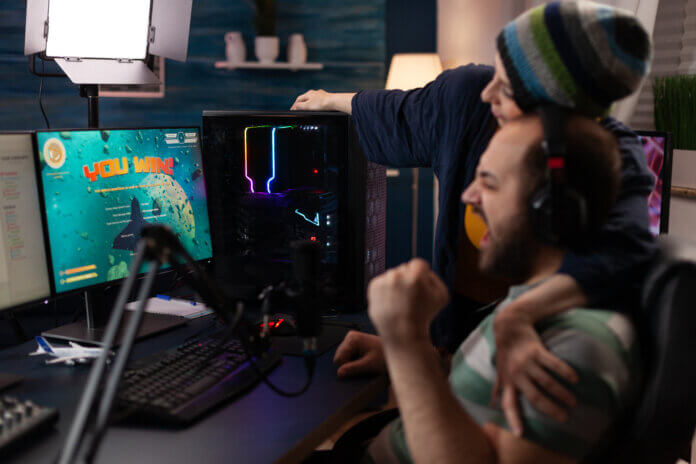With the technology there is today, creating an indie game is not impossible — even for solo or small developers. However, the challenge does not end there. In fact, it is only the groundwork. The real battle starts with getting it into the hands of the players. But no need to worry! The good news is that finding a place to put a project is a lot easier nowadays. Various game publishing platforms are available to bring games closer to the audience. So, it is just a matter of making the right pick.
This article provides a streamlined guide on how to publish an indie game on Steam, Epic Games Store, and Itch.io, along with other important information.
Gearing Up for Release
Before publishing, developers must ensure that the game is fully playable, tested, and packaged for distribution. It means that it should include game files, cover art, trailer, and a short description. Having all of these could help in the approval process and will build a first impression on players. The key is to keep them polished, engaging, and professional.
Publishing on Steam
Step 1: Create a Steamworks account
Step 2: Pay the Steam Direct fee
Step 3: Submit tax and banking information
Step 4: Once approved, access the dashboard
Step 5: Configure Steam features
Step 6: Submit the game for review
Step 7: Follow additional timing requirements
Step 8: Once approved, launch the game
Pros:
- High sales potential
- User-created community groups
- Extensive tools for publishing and management
Cons:
- Strict requirements
- Lengthy approval process
Fee: Steam Direct fee of $100
Revenue Split: 70% for the developer / 30% for the platform
Publishing on Epic Games Store
Step 1: Create an account
Step 2: Pay submission fee
Step 3: Complete tax and payout information
Step 4: Once approved, build and publish the game page
Step 5: Configure additional features
Step 6: Submit page and game for review
Step 7: Once approved, launch the game
Pros:
- Huge player base
- Developer-friendly approach
Cons:
- Less popular than Steam
- Slow launcher
- Rising community complaints
Fee: Submission fee of $100
Revenue Split: 88% for the developer / 12% for the platform
Publishing on Itch.io
Step 1: Create an account
Step 2: Upload the indie game
Step 3: Set up the game page
Step 4: Launch, track, and promote the game
Pros:
- Mostly features indie titles
- Values creativity and developer control
Cons:
- Small player base
- Less popular than Steam and Epic Games Store
Fee: None
Revenue Split: Open revenue-sharing model
Final Thoughts
Each platform has its strengths that would help every indie game get a chance at recognition and success. So, the decision lies with the developer’s situation and objective. Ultimately, presentation, stability, and performance are what make an indie game stand out.
Note: This article combines information from Cominted, Epic Games Store, itchio, Loopr, and Steam Direct to ensure accuracy.
